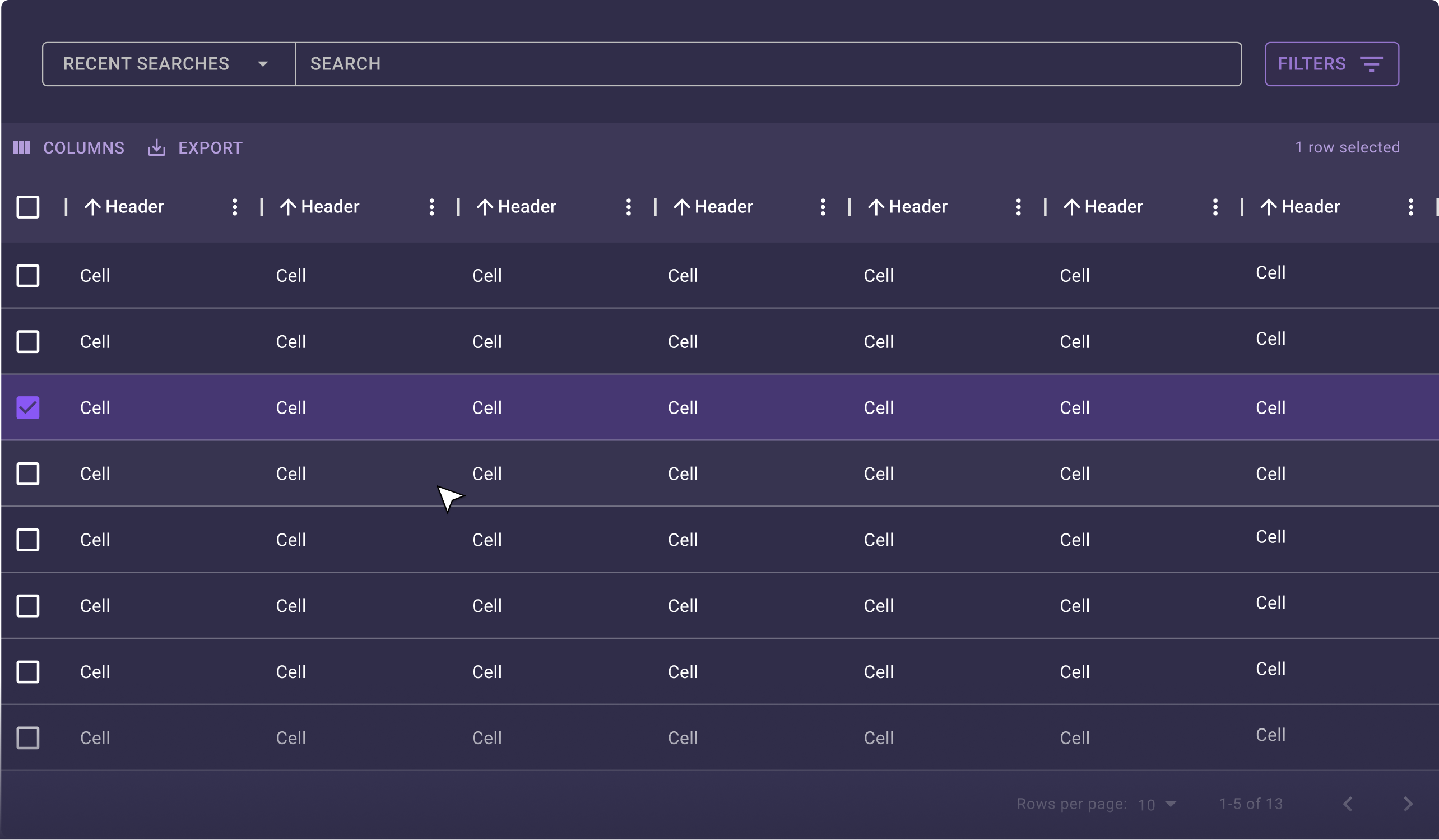Software testing can provide objective, independent information

Software testing is the act of examining the artifacts and the behavior of the software under test by validation and verification. Software testing can also provide an objective, independent view of the software to allow the business to appreciate and understand the risks of software implementation. Test techniques include, but are not necessarily limited to:
- analyzing the product requirements for completeness and correctness in various contexts like industry perspective, business perspective, feasibility and viability of implementation, usability, performance, security, infrastructure considerations, etc.
- reviewing the product architecture and the overall design of the product
- working with product developers on improvement in coding techniques, design patterns, tests that can be written as part of code based on various techniques like boundary conditions, etc.
- executing a program or application with the intent of examining behavior
- reviewing the deployment infrastructure and associated scripts and automation
- take part in production activities by using monitoring and observability techniques
Software testing can provide objective, independent information about the quality of software and the risk of its failure to users or sponsors. Software testing can determine the correctness of software under the assumption of some specific hypotheses (see the hierarchy of testing difficulty below), but testing cannot identify all the failures within the software.
Instead, it furnishes a criticism or comparison that compares the state and behavior of the product against test oracles — principles or mechanisms by which someone might recognize a problem. These oracles may include (but are not limited to) specifications, contracts, comparable products, past versions of the same product, inferences about intended or expected purpose, user or customer expectations, relevant standards, applicable laws, or other criteria.
Faults and failures
Software faults occur through the following process: A programmer makes an error (mistake), which results in a fault (defect, bug) in the software source code. If this fault is executed, in certain situations the system will produce wrong results, causing a failure.[6]: 31 Not all faults will necessarily result in failures. For example, faults in the dead code will never result in failures.
A fault that did not reveal failures may result in a failure when the environment is changed. Examples of these changes in environment include the software being run on a new computer hardware platform, alterations in source data, or interacting with different software.[7] A single fault may result in a wide range of failure symptoms.

Input combinations and preconditions
A fundamental problem with software testing is that testing under all combinations of inputs and preconditions (initial state) is not feasible, even with a simple product.[4]: 17–18 [8] This means that the number of faults in a software product can be very large and defects that occur infrequently are difficult to find in testing and debugging.
More significantly, non-functional dimensions of quality (how it is supposed to be versus what it is supposed to do) — usability, scalability, performance, compatibility, and reliability — can be highly subjective; something that constitutes sufficient value to one person may be intolerable to another. Software developers can’t test everything, but they can use combinatorial test design to identify the minimum number of tests needed to get the coverage they want.
Combinatorial test design enables users to get greater test coverage with fewer tests. Whether they are looking for speed or test depth, they can use combinatorial test design methods to build structured variation into their test cases.[9]
| Price per month | Price per month | Price per month | Price per month |
| Number of users | Number of users | Number of users | Number of users |
| Included minutes | Included minutes | Included minutes | Included minutes |
| Included devices | Included devices | Included devices | Included devices |
| Support | Support | Support | Support |
| Tools integration | Tools integration | Tools integration | Tools integration |
| Support | Support | Support | Support |
A fundamental problem with software testing is that testing under all combinations of inputs and preconditions (initial state) is not feasible, even with a simple product.[4]: 17–18 [8] This means that the number of faults in a software product can be very large and defects that occur infrequently are difficult to find in testing and debugging.
More significantly, non-functional dimensions of quality (how it is supposed to be versus what it is supposed to do) — usability, scalability, performance, compatibility, and reliability — can be highly subjective; something that constitutes sufficient value to one person may be intolerable to another. Software developers can’t test everything, but they can use combinatorial test design to identify the minimum number of tests needed to get the coverage they want.
Combinatorial test design enables users to get greater test coverage with fewer tests. Whether they are looking for speed or test depth, they can use combinatorial test design methods to build structured variation into their test cases.[9]
Explore more

Software testing is the act of examining the artifacts and the behavior of the software under test by validation and…

Welcome to WordPress. This is your first post. Edit or delete it, then start writing!

Welcome to WordPress. This is your first post. Edit or delete it, then start writing!
